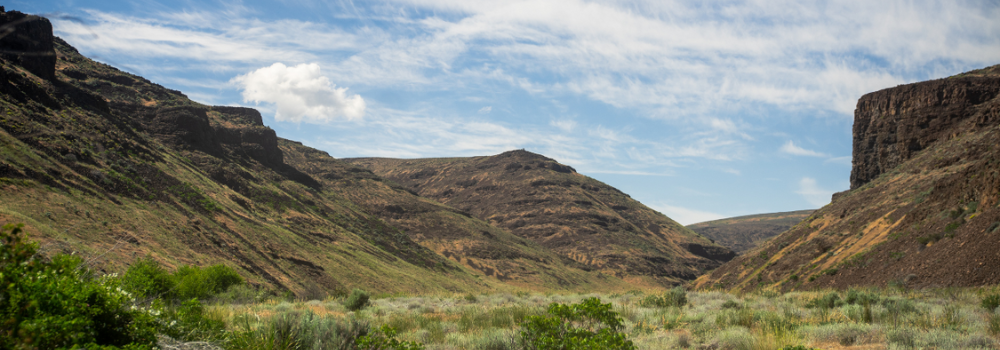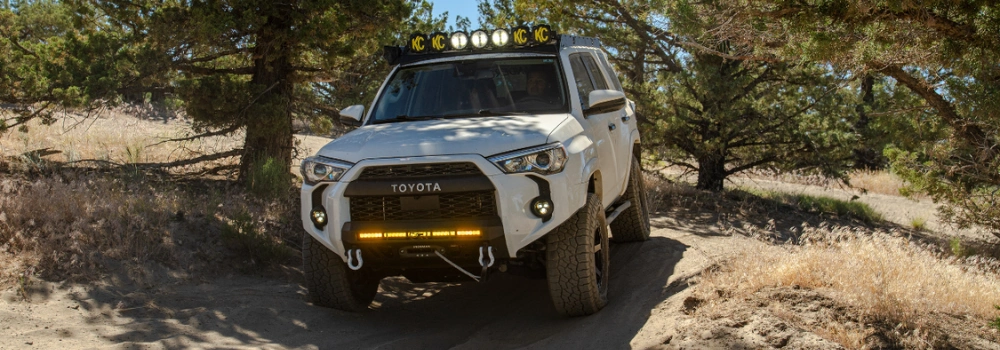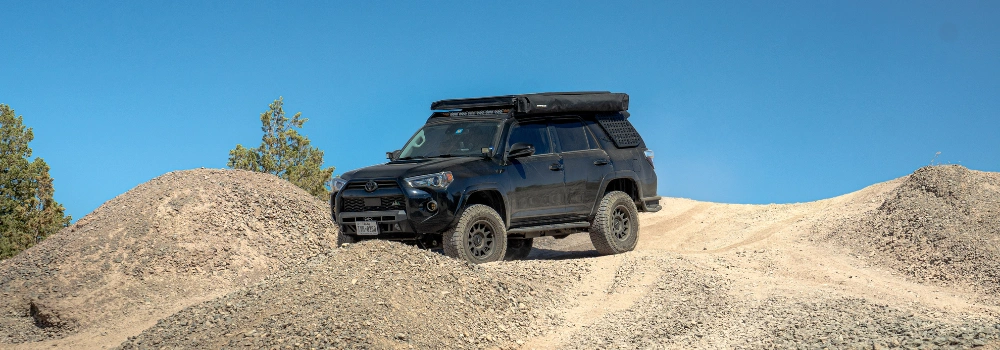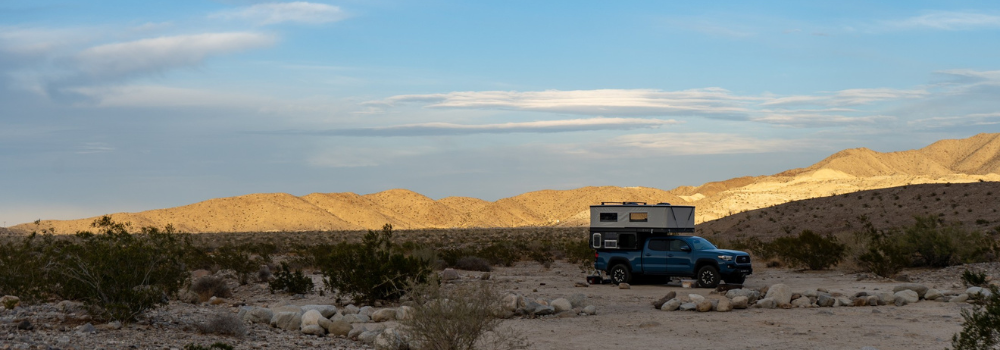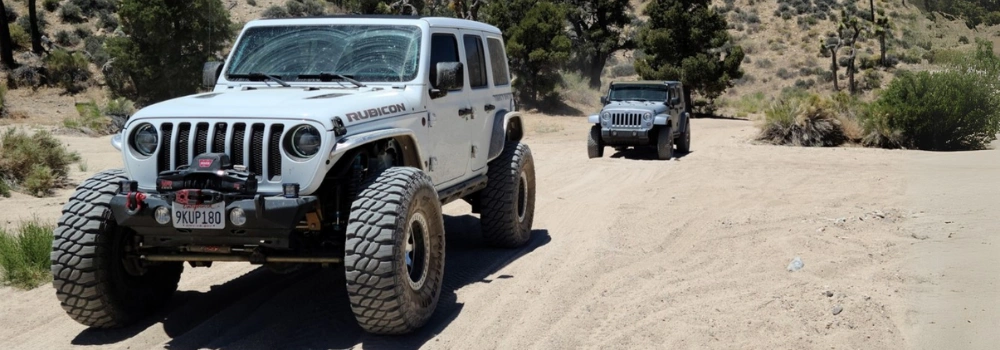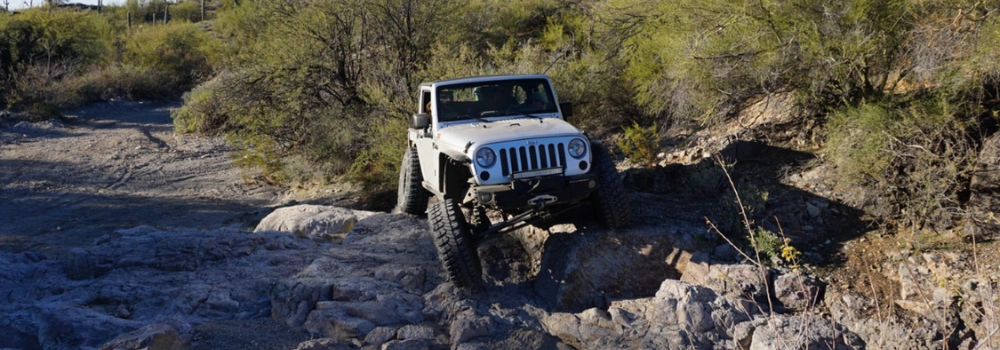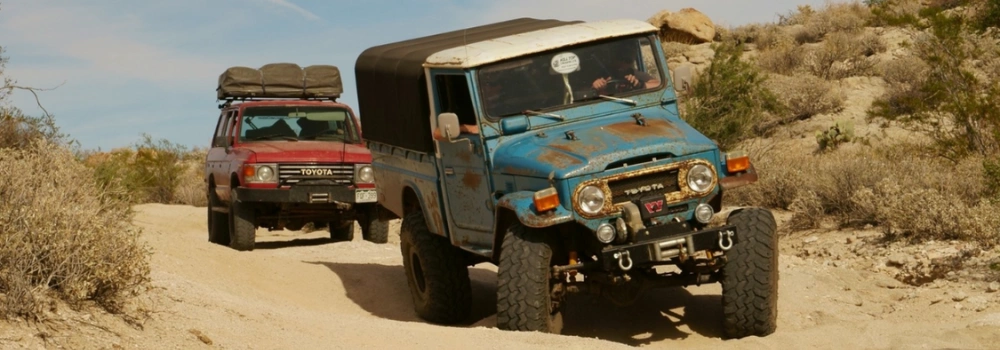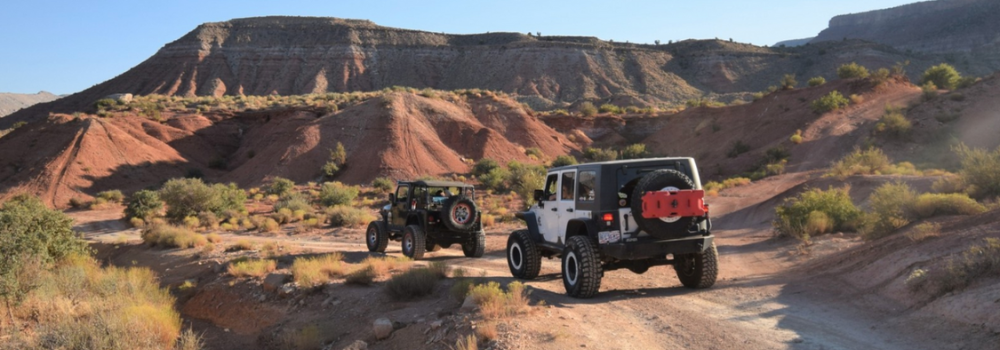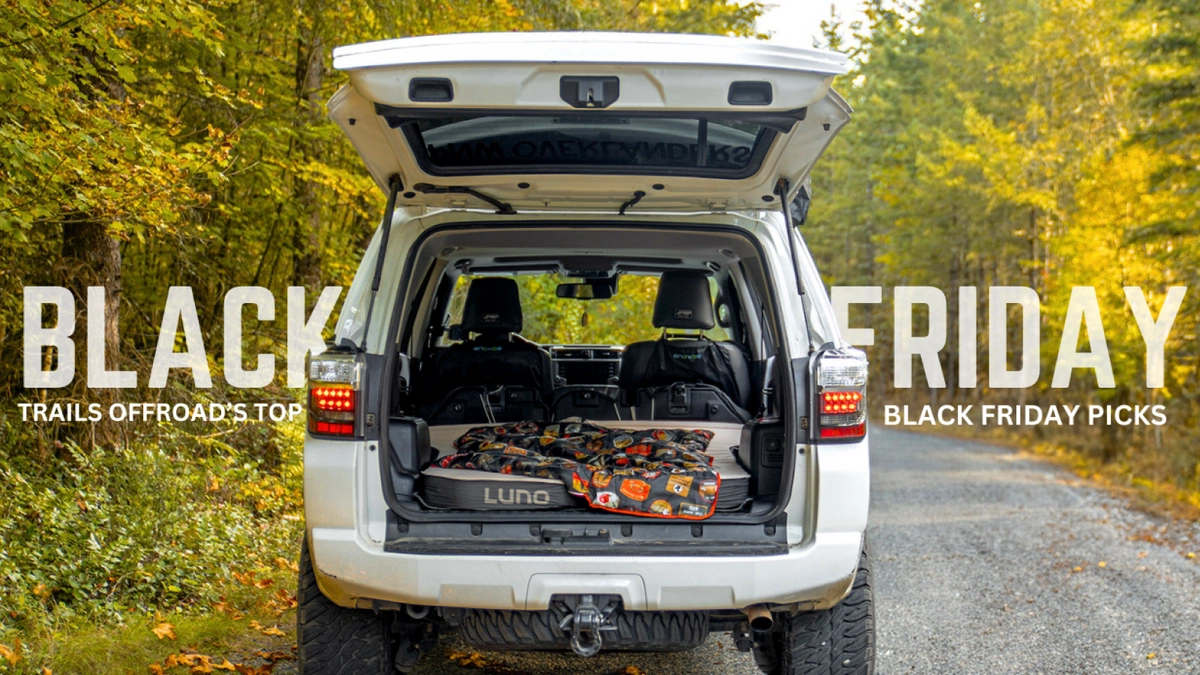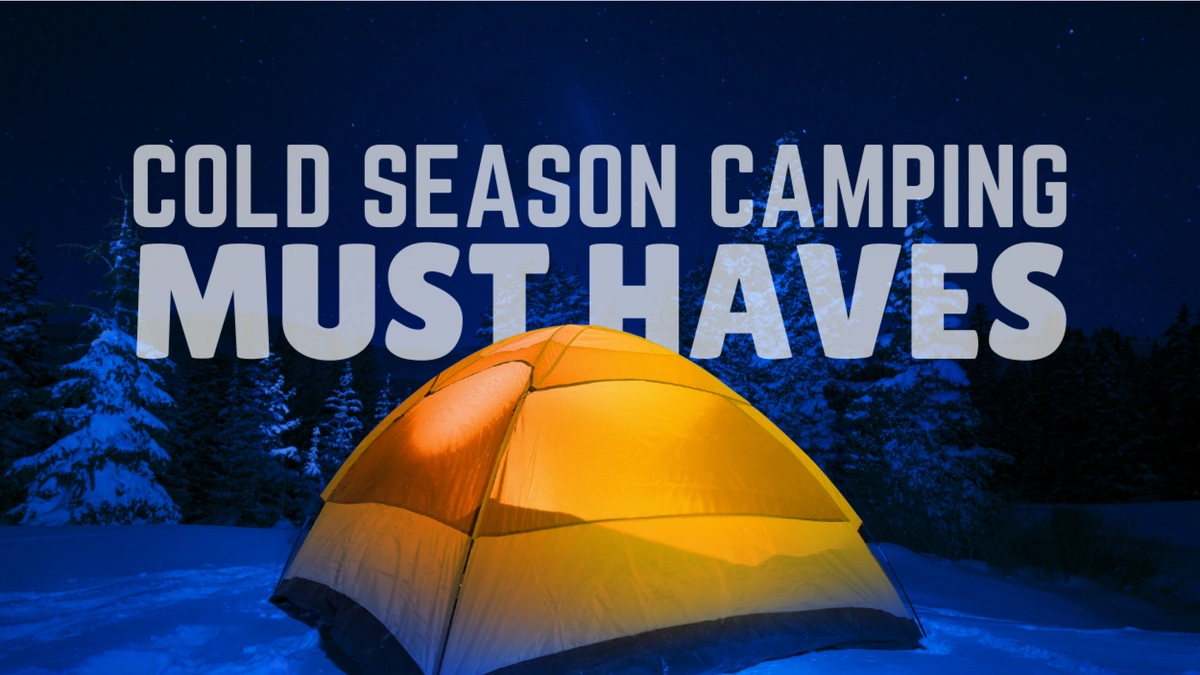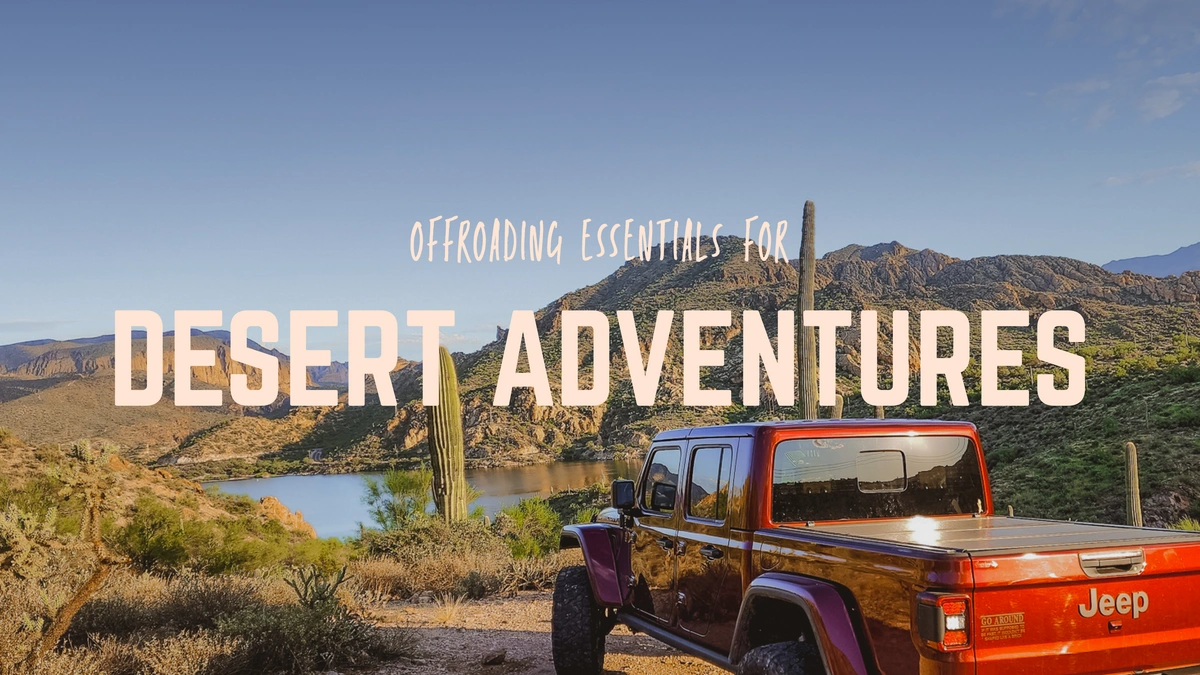
Desert Offroading: Everything You Should Know
If you’ve ever experienced offroading in the desert or sandy areas, you know just how thrilling it can be. But for those who frequent these terrains, you also understand the critical importance of being well-prepared.
From extreme temperatures to shifting sands and little to no resources, any desert adventure demands meticulous planning and preparation. This guide is designed to help you anticipate these challenges and equip you with the knowledge needed for a safe and enjoyable desert offroading adventure.
What to Expect
If you’ve never been offroading in the desert, there are a few things you should know before you venture out.
Let’s start off with the temperature. While daytime temperatures can soar above 100 degrees Fahrenheit, it’s important to understand that the temperatures can plummet to freezing levels at night. Because of that, you must be prepared for any type of climate.
Excessive heat can be debilitating, causing dehydration and heatstroke. On the other hand, the colder nights can cause its own set of problems. The last thing you want to do is be unprepared. So most importantly, take a look at the weather conditions prior to leaving.
For those who’ve never experienced driving on sand, you’re in for a treat. Driving on loose sand is very different from a dirt road. You will most likely encounter difficulty with traction so bringing the right recovery gear is a must. Also knowing how to drive on this terrain is important. Here are a few techniques:
-
Air down to at least 15 PSI to increase your vehicle's traction
-
Drive slowly and maintaining a steady pace throughout the trail will help avoid you digging yourself in the sand
-
Maintain a steady momentum, especially on hills or in sand dunes, too much can make you go airborne while too little can cause you to slip
Not only will you experience sand, but many trails also have rocky terrain, which can be equally challenging depending on your rig. And you may experience dry riverbeds. While they may seem like easy paths, they can be prone to flash flooding and often have loose, shifting sand.
With that being said, there are different types of deserts across the US and some may be very easy to navigate through. You may experience compacted sand and dirt roads.
Getting Prepared
Now that you have a good idea what to expect, you should begin preparing. Of course what you need is dependent on where you’re going and how long you’re staying but these few items are necessities to pack.
The first thing that everyone should think about packing is an ample supply of water. Staying hydrated is extremely important in the desert’s extreme heat. Always carry more water than you think you’ll need. A good rule of thumb is at least one gallon per person per day. Dehydration can set in quickly, leading to heat exhaustion or heat stroke, which can be life-threatening.
You’ll also want to pack plenty of non-perishable food and snacks. These provide essential nutrients and energy to keep you going throughout your trip. Pro tip, try to avoid salty snacks, as they can increase your need for water.
Outside of bringing food and water, you will want to carry emergency supplies. This includes well-stocked first aid kit, including bandages, antiseptics, pain relievers, and any personal medications. If you are spending a considerable amount of time out in the desert, or anywhere remote, a satellite phone is invaluable. Any other emergency supplies may be dependent on your needs.
One thing many people don’t consider when they head out on a trail, especially for a day trip in the desert, is what they’re wearing. Dressing in light, breathable clothing during the day to stay cool and protect your skin from the sun will be the best option. However don’t forget to pack warmer clothing for when the temperatures fall at night.
Driving in the Desert
As you read earlier, driving on sand is completely different than driving on a dirt road, especially softer sand. It will require your full attention to ensure you don’t get stuck.
First off you should have the proper tires. While normal summer or winter tires possibly could drive over compacted sand, they are not recommended. Instead you will want some off-road tires such as All-Terrain, Mud-Terrain, or Rugged-Terrain tires. Depending on the types of trails you could get away with All-Terrain tires, however if you plan on doing more technical trails that require deeper and more aggressive tread patterns, you will want to go with M/T tires. The deeper treads will allow the tires to grip loose terrains like sand, mud, and rocks.
On the topic of tires, you will absolutely want to air down when driving on any sort of soft sand. Airing down your tires will increase the surface area of your tire when in contact with the ground. This leads to better traction, which is absolutely needed to avoid getting stuck in sand.
Now that your setup for driving in the sand you will want to be able to recognize the different conditions of the sand. Some may be hard and compacted, this will be the easiest to drive on. Other areas will be soft and slippery, this is what you want to be most aware of. You may also encounter wet sand, similar to mud consistency, especially after flash floods. You will also want to be cautious of these conditions as you will get stuck.
If you are ever out on the dune, don’t ever turn. If you get stuck on a dune, reverse straight out, don’t ever turn. When you try to turn, the sand will shift under your vehicle and can make things a lot worse, potentially causing a rollover.
Depending on the type of sand condition you should either be in 4H or 4L. On soft sand and out on the dunes, stay in 4L to avoid your transmission from overheating, or change into 4L if you get stuck. If the sand is more compact, you can stay in 4H. If you have a locker, you can turn it on as well if you get stuck. However it’s important to note that if you get stuck, a locker will not save you. They are designed to help if you lose traction on one side. The most important part during a desert recovery is keeping momentum, airing down as much as you can (usually around 13-15 PSI without beadlocks), and having the right recovery tools, which I will get into in the next section.
You’ll also want to turn off Traction Control. Having traction control on will stop the wheel that is slipping, hindering your momentum and getting you stuck.
And finally, if you get stuck, don’t continue spinning your tires, it will dig you deeper. Instead, get out and assess the situation. Try to reverse straight out of your spot. If that doesn’t work you have a few more options. Start with lowering your tire pressure but be careful if you don’t have beadlock wheels. Next, if you have a locker, turn it on and give it slow acceleration. If someone is with you, have them try to push you out. Your final option will be using recovery gear. Check out our gear recommendations below!
Essentials to Bring
There are some absolute non-negotiables when it comes to off-roading in sandy conditions and there are some that are optional but would be good to have during a recovery.
Must Haves
-
Traction Boards
-
Air Compressor
-
Full Size Shovel
Optional Gear
-
Kinetic Ropes/Snatch Strap and Soft Shackles
-
Winch
-
Sand Anchor
Just remember to keep the momentum up when traveling through sand and don’t continue spinning your wheels, digging yourself deeper, if you get stuck!
Our Top Desert Trails
We couldn’t leave you hanging, here are a few of our top desert trails!
Fish Creek Trail - Anza Borrego
📍 Ocotillo, California
18.02 mi
Fish Creek Trail in Anza-Borrego Desert State Park is a geological wonder with wind caves, dinosaur tracks, and towering mud hills. This trail offers a mix of soft sand and rocky sections.
Morgan City Wash
📍 Peoria, Arizona
13.48 mi
Morgan City Wash offers a historic journey through a 13.59-mile desert wash, featuring deep sand, rocky sections, and lush riparian zones created by springs. This trail is suitable for stock 4WD vehicles, it includes a narrow canyon and a winding ridge with 360-degree views.
Rattlesnake Canyon
📍 Landers, California
16.21 mi
Rattlesnake Canyon offers a diverse trail from maintained dirt roads to rocky and sandy sections, climbing from 3,100 to 5,800 feet. While this trail is suitable for stock high-clearance 4x4s, the trail conditions change frequently due to weather and flash floods.
Hieroglyphic Mountain Loop
📍 Wickenburg, Arizona
18.71 mi
The Hieroglyphic Mountain Loop is a unique trail with varied difficulty, featuring sandy washes, steep climbs, and narrow trails. Highlights include an optional small waterfall and an old windmill, providing excellent photo opportunities.
Mojave Road
📍 Baker, California
139.62 mi
The Mojave Road is a historic 135-mile overland route through the Mojave Desert Preserve, featuring dirt and sand roads. The trail follows an old Native American trade route and settler passage.
Rattlesnake Gulch
📍 La Verkin, Utah
7.82 mi
Rattlesnake Gulch in southern Utah is a 7.8-mile rock crawling trail with flowing mountain water, numerous boulders, and vertical rock ledges. The trail ends at Toquerville Falls, a perfect spot for relaxation. Known for its ever-changing terrain, the trail offers a unique and challenging rock crawling experience.
